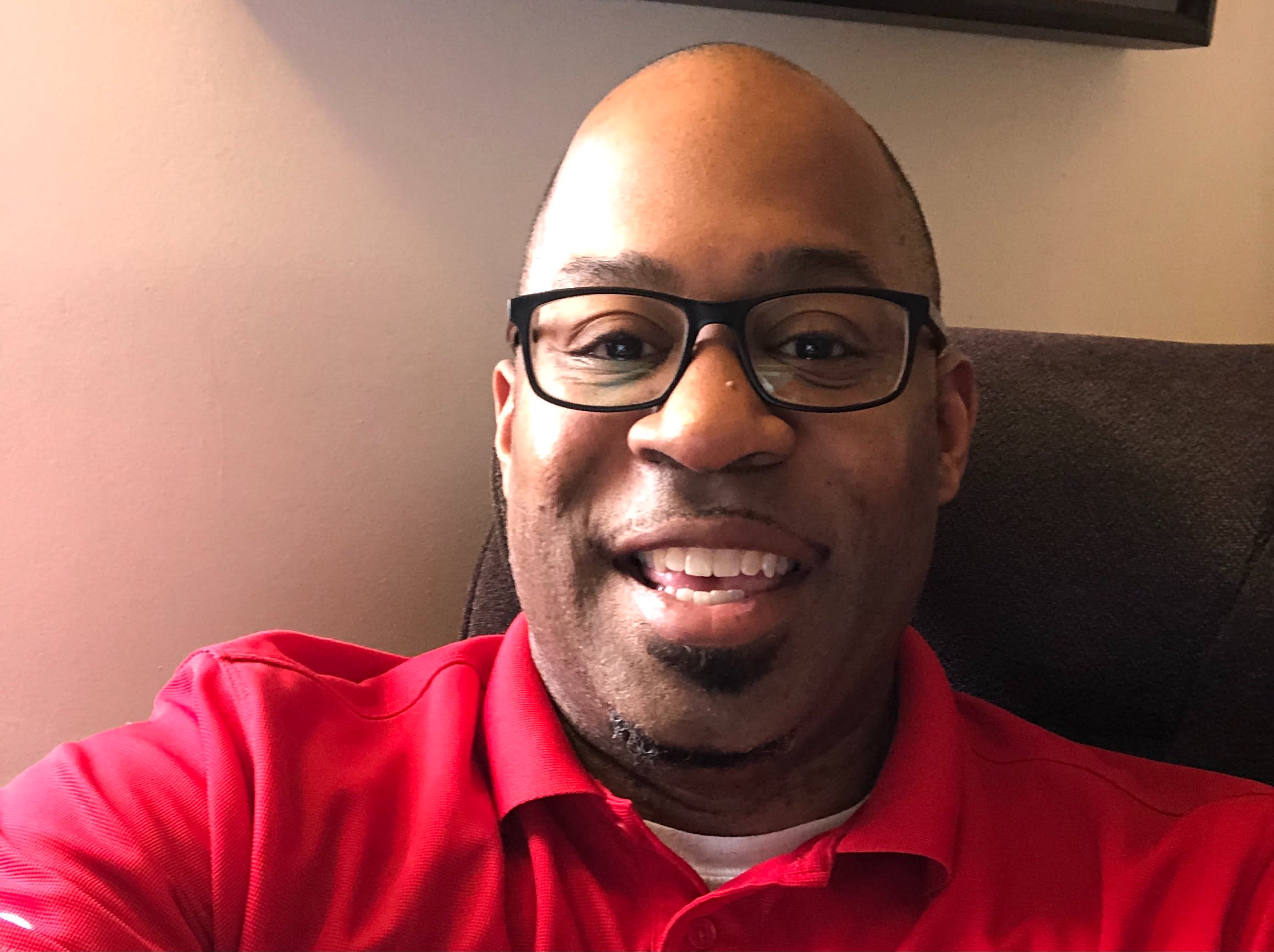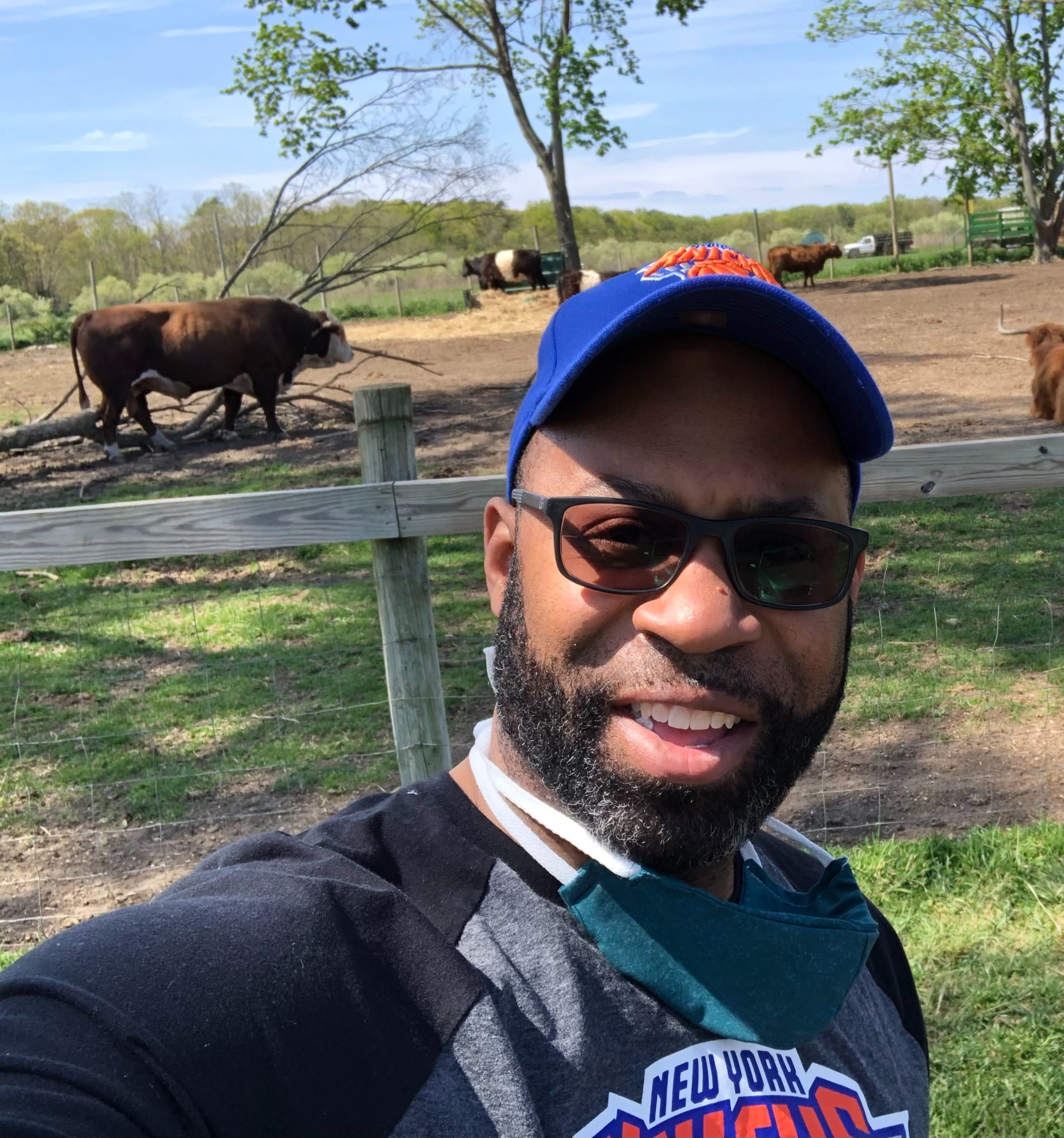
Dr. Jarvis Watson, SVA’s first director of Diversity, Equity and Inclusion.
This past December, SVA announced Dr. Jarvis Watson’s appointment as the College’s first director of Diversity, Equity and Inclusion (DEI). In this role, Dr. Watson leads the newly formed DEI office as well as the DEI Task Force, a group comprising SVA leadership and staff, which was founded in 2018 to effectuate the diversity, equity, and inclusion goals of the College’s latest Strategic Plan.
Dr. Watson brings nearly 20 years of experience to his role, with a distinguished career in advocacy for students from diverse cultural and socioeconomic backgrounds. We recently corresponded with him to find out more about his goals for the next 100 days and beyond, his background and his interests.
Thank you so much for speaking with us. Tell us a bit about your professional experience and what brought you to SVA.
I have been a leader for DEI, access and success for historically underrepresented communities for over 18 years. My career began by providing awareness and resources to underserved communities through GEAR UP. The program was designed to link a state university—in this case, Kean University—and a local community—Perth Amboy, New Jersey—in a partnership that provided a pathway for middle and high school students to prepare, apply, and gain acceptance to college.
I then transitioned within Kean to working on a state initiative called the Educational Opportunity Fund, which supports matriculated students whose academic and financial conditions are inequitable. Then I returned to my alma mater, Stony Brook University (SUNY), as an assistant director and senior counselor for the Educational Opportunity Program for close to 10 years. I was then tapped to become the assistant dean for multicultural affairs and helped spread awareness and education about issues related to race, ethnicity, culture, LGBTQ+ communities, campus climate, training and inclusive curriculum development. Following that, I served as the interim chief diversity officer for one year.
I chose to work at the School of Visual Arts because of my love for the arts, but more specifically with a commitment toward free expression, diversity, and inclusion. When I saw that these were part of the College’s core values, it resonated with my personal and professional goals. I was ready to transition in my life, and SVA felt like the perfect fit.
What are you most looking forward to working on during your first 100 days?
I plan on achieving the following goals:
- becoming part of the SVA community by meeting the community members where they are;
- clarifying the diversity priorities established by the DEI Task Force and supported by the campus leadership;
- developing an understanding of the campus’ diversity dynamics through various formal and informal interactions;
- establishing a DEI identity within the campus through my interactions, messaging and education.
How have your background and experience informed your career path and approach?
I believe your passion inspires your creativity. I’ve always been passionate about spreading awareness and knowledge, especially for historically marginalized populations. But with DEI roles such as this one, it’s important to help the entire campus understand their role and contribution toward creating a system of empathy, inclusion, equity and access. It’s great to be at an institution that establishes the language and resources to make possible such an environment.

What do you think are the biggest obstacles to creating a more inclusive and welcoming environment at colleges and universities today?
I believe that the most significant challenge, which could actually be an opportunity, is the need to adapt to the pace of the ever-changing cultural and social landscapes of our nation and global communities. In the next 10 years, our country will become more ethnically and culturally diverse, while keeping up its fast-paced, interconnected technological and social environment. I think we are challenged with understanding how to engage and interact with the nuances associated with the intersectionality of cultures and identities that are showing up in our classrooms and on our campus.
For educators, I believe this is an opportunity to revisit how we engage and motivate our students through inclusive and equitable lenses and to re-educate ourselves on how to research and develop new pedagogical approaches within the various visual arts disciplines, with the hope of developing students’ voices, agency and identities.
The industries that SVA serves—art, design, entertainment, etc.—all have long-standing issues of bias, inequality and underrepresentation. What opportunities are there for SVA to help address these larger structural problems?
I’m thinking of a quote from Gandhi that has always resonated with me: “Be the change that you desire to see.” Within the context of DEI, I believe SVA is on the path of becoming the premier institution that stands out among the others. By investing resources into their DEI efforts, SVA has proven to the campus and the larger community that we are committed to creating positive change and developing an inclusive climate. As we develop our DEI identity, we have the opportunity to communicate and challenge our partners in the industry on articulating their vision with diversity, equity and inclusion and how they will embrace our future alumni.
I also think it’s important that we highlight and share both our successes and challenges with becoming more diverse, equitable and inclusive. If we can effectively communicate the positive impacts that have historically been made and highlight the current inroads created by our diverse student body, our faculty’s approaches toward inclusive education, our staff and administration’s contributions toward equity, and our outstanding and diverse alumni community, I believe the industries that you mentioned will be motivated to revisit and restructure how they embrace and invest in DEI.
We have to hold our industry partners accountable for creating resources, opportunities and environments that are similar to what we are developing here. We want to provide our students with a space for them to feel brave to express their identities and voice through their personalities and through their work. We also have the obligation to educate them on the challenges that face them as they enter a world that is moving toward being equitable and just, but is still hesitant to fully accept and embrace difference and diversity.
You’ve also created two podcasts: The Rejected Stone and Trusted Voices of the Community. Can you tell us more about them?
The Rejected Stone Podcast was designed by myself and my Stony Brook colleague Dr. Zebulon Miletsky, which provides agency to those who fall into the historically underrepresented and underserved category. RSP identifies individuals and groups that have been underserved and under-appreciated.
Trusted Voices of the Community is a podcast that I created in collaboration with the chief diversity officer of Suffolk County, New York. Our mission was to gather trusted community leaders within Suffolk County to host a series of online dialogues to address the challenges and histories of underserved Long Island communities.
Finally, can you tell us more about yourself? What are your interests and hobbies outside of work?
I’m a big Star Wars and Marvel Comics fan, and it’s good to be at an institution where there are alumni and faculty who have contributed to those universes. I am a big jazz, hip-hop and R&B fan, and like the fact that where I will be located at the College is not too far from the Village. I’m looking forward to attending some shows when the social-distancing restrictions are lifted. I tend to mellow out and get motivated by playing music while I work. I’m also learning how to play the bass guitar, and I will be starting my lessons soon.
During the COVID-19 quarantine, I learned how to edit videos, and I am interested in honing those skills through SVA Continuing Education courses. I want to develop and edit podcasts and documentaries that have a DEI approach and theme. I’m a big foodie and I love to cook and visit multiple food carts and restaurants. As far as sports, I’m a huge Knicks, Giants and Yankees fan. I like to read, but since I have become so busy, I have to balance my education with both print and audiobooks. One of my favorite books is Between the World and Me, by Ta-Nehisi Coates.

For more information about diversity, equity and inclusion at SVA, visit sva.edu/dei.

